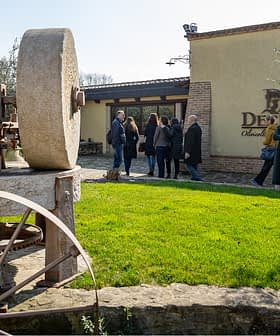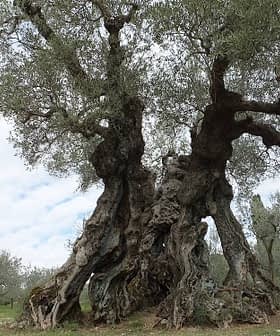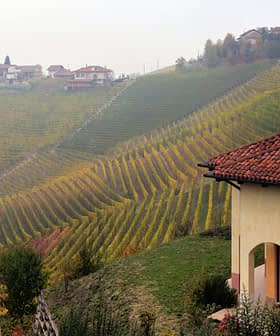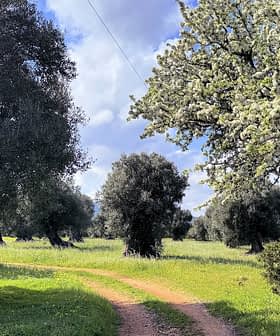Italy’s olive oil packagers’ profits grew substantially in the final two months of 2010 according to ASSITOL. On the domestic front, sales increased by 31 percent and export sales by 22.4 percent. In relation to the entire 2009 — 2010 time period, ASSITOL reports an increase of 21.6 percent. This number reflects gains both here and abroad, and is welcome news after a slow start to the year. ASSITOL is the Association of Italy’s Oil Industry. Its members are packagers of oil, mostly olive, but also seed oils and pomace oil. Members range from wholesalers to such well-known brands as Colavita and Monini, and account for the sale of 90 percent of Italy’s olive oil.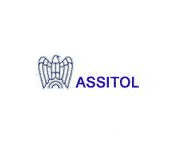 Extra virgin olive oil, what ASSITOL terms “conventional” extra virgin olive oil, is by far the largest category packaged by members. They package Italian, as well as EU and non-EU olive oils. Also packaged are the much smaller categories of geographic indicated DOP and IGP oils, 1OO percent Made in Italy, and organic. These niche (and more costly) products add up to about 6 percent of the entire extra virgin category. Their sales figures were, by in large, also positive. The DOP and IGP oils had a better than 50 percent increase in the domestic market in November and December, opposed to 2009. The exception came with 1OO percent Italian extra virgin olive oil, which had a 4 percent drop domestically, though a 6.5 percent increase in the export market.
Extra virgin olive oil, what ASSITOL terms “conventional” extra virgin olive oil, is by far the largest category packaged by members. They package Italian, as well as EU and non-EU olive oils. Also packaged are the much smaller categories of geographic indicated DOP and IGP oils, 1OO percent Made in Italy, and organic. These niche (and more costly) products add up to about 6 percent of the entire extra virgin category. Their sales figures were, by in large, also positive. The DOP and IGP oils had a better than 50 percent increase in the domestic market in November and December, opposed to 2009. The exception came with 1OO percent Italian extra virgin olive oil, which had a 4 percent drop domestically, though a 6.5 percent increase in the export market.
Pomace oil (an oil which is extracted through an industrial process involving solvents, and similar to that used in making seed oils) also gained with a 12.8 percent increase. Primarily bakeries, at least within Italy, use this oil. Pomace oil is also being studied for use in electricity creation, the subject of a conference attended by olive oil producers in November 2010.
Competition among olive oil producing countries is stiff, and Spain is considered Italy’s most aggressive competitor. After Spain, Italy produces the most olive oil. While Italy’s domestic numbers increased by 31 percent, Spain’s domestic numbers fell by 5 percent (ASSITOL compared the last 4 years) for the November — December 2010 period. ASSITOL credits the Italian gains to agility and smart cost-cutting measures.
ASSITOL was also in the news recently because of their January 27th statement about the new EU regulations regarding testing for alkyl esters. An elevated level of alkyl esters generally points to an olive oil produced from poor quality olives, and one not worthy of the extra virgin designation. The EU has passed a law setting a limit for alkyl esters, something ASSITOL strongly favors.
The following figures published by Coldiretti (a large agricultural interest group and lobby) provide a snapshot of Italy’s extra virgin olive oil sector:
Number of olive trees: 250,000,000
2010 – 2011 production: 550,000 tons
Market rank: Second, after Spain
Per capita consumption: 13 — 14 kg/year
Number of DOP/IGP oils: 40
Annual sales in euros: 2 billion
Work days: 50,000,000





